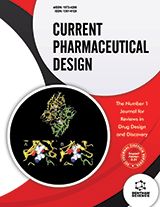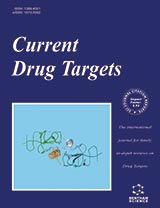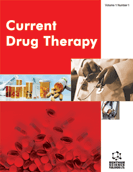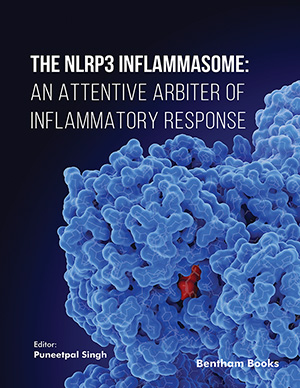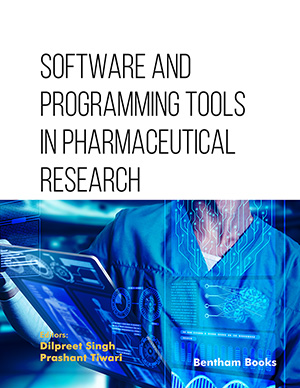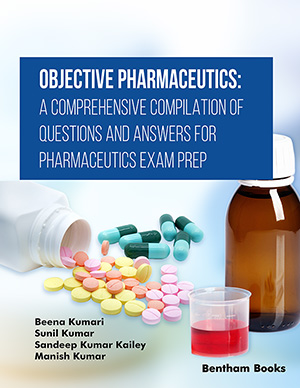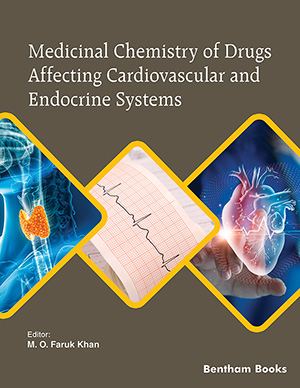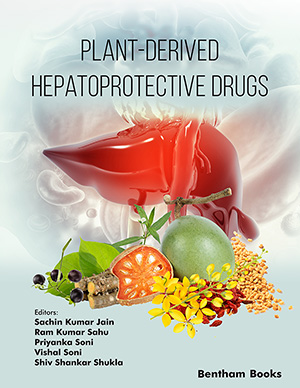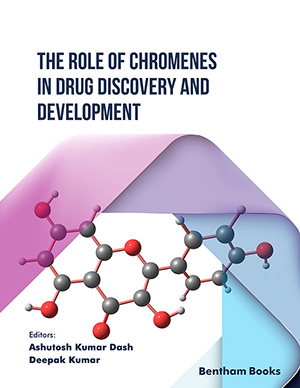Abstract
Immune cells actively participate to the central nervous system (CNS) injury either damaging or protecting neural tissue with release of various mediators. Residential microglia and monocyte-derived macrophages play a fundamental role within the injured CNS and, here, special emphasis will be placed on M1 and M2 macrophages for their different functional activities. On the other hand, peripheral T regulatory (Treg) cells exert antiinflammatory activities in the diseased host. In this respect, activation of Treg cells by nutraceuticals may represent a novel approach to treat neuroinflammation. Omega-3 fatty acids and polyphenols will be described as substances endowed with antioxidant and anti-inflammatory activities. However, taking into account that Treg cells act in the later phase of CNS injury, favoring immune suppression, manipulation of host immune system with both substances requires caution to avoid undesired side effects.
Keywords: Central nervous system, microglia, macrophages, omega-3 fatty acids, polyphenols, T regulatory cells.
Current Pharmaceutical Design
Title:Role of Immune Cells in the Course of Central Nervous System Injury: Modulation with Natural Products
Volume: 22 Issue: 6
Author(s): Thea Magrone, Matteo Antonio Russo*Emilio Jirillo
Affiliation:
- MEBIC Consortium, San Raffaele Open University of Rome and IRCCS San Raffaele Pisana of Rome , Via di Val Cannuta, 247 - 00166 ROME,Italy
Keywords: Central nervous system, microglia, macrophages, omega-3 fatty acids, polyphenols, T regulatory cells.
Abstract: Immune cells actively participate to the central nervous system (CNS) injury either damaging or protecting neural tissue with release of various mediators. Residential microglia and monocyte-derived macrophages play a fundamental role within the injured CNS and, here, special emphasis will be placed on M1 and M2 macrophages for their different functional activities. On the other hand, peripheral T regulatory (Treg) cells exert antiinflammatory activities in the diseased host. In this respect, activation of Treg cells by nutraceuticals may represent a novel approach to treat neuroinflammation. Omega-3 fatty acids and polyphenols will be described as substances endowed with antioxidant and anti-inflammatory activities. However, taking into account that Treg cells act in the later phase of CNS injury, favoring immune suppression, manipulation of host immune system with both substances requires caution to avoid undesired side effects.
Export Options
About this article
Cite this article as:
Magrone Thea, Russo Antonio Matteo*, Jirillo Emilio, Role of Immune Cells in the Course of Central Nervous System Injury: Modulation with Natural Products, Current Pharmaceutical Design 2016; 22 (6) . https://dx.doi.org/10.2174/1381612822666151204000959
| DOI https://dx.doi.org/10.2174/1381612822666151204000959 |
Print ISSN 1381-6128 |
| Publisher Name Bentham Science Publisher |
Online ISSN 1873-4286 |
Call for Papers in Thematic Issues
"Tuberculosis Prevention, Diagnosis and Drug Discovery"
The Nobel Prize-winning discoveries of Mycobacterium tuberculosis and streptomycin have enabled an appropriate diagnosis and an effective treatment of tuberculosis (TB). Since then, many newer diagnosis methods and drugs have been saving millions of lives. Despite advances in the past, TB is still a leading cause of infectious disease mortality ...read more
Current Pharmaceutical challenges in the treatment and diagnosis of neurological dysfunctions
Neurological dysfunctions (MND, ALS, MS, PD, AD, HD, ALS, Autism, OCD etc..) present significant challenges in both diagnosis and treatment, often necessitating innovative approaches and therapeutic interventions. This thematic issue aims to explore the current pharmaceutical landscape surrounding neurological disorders, shedding light on the challenges faced by researchers, clinicians, and ...read more
Emerging and re-emerging diseases
Faced with a possible endemic situation of COVID-19, the world has experienced two important phenomena, the emergence of new infectious diseases and/or the resurgence of previously eradicated infectious diseases. Furthermore, the geographic distribution of such diseases has also undergone changes. This context, in turn, may have a strong relationship with ...read more
Melanoma and Non-Melanoma Skin Cancer Treatment: Standard of Care and Recent Advances
In this thematic issue, we aim to provide a standard of care of the diagnosis and treatment of melanoma and non-melanoma skin cancer. The editor will invite authors from different countries who will write review articles of melanoma and non-melanoma skin cancers. The Diagnosis, Staging, Surgical Treatment, Non-Surgical Treatment all ...read more
 54
54 2
2 2
2
- Author Guidelines
- Graphical Abstracts
- Fabricating and Stating False Information
- Research Misconduct
- Post Publication Discussions and Corrections
- Publishing Ethics and Rectitude
- Increase Visibility of Your Article
- Archiving Policies
- Peer Review Workflow
- Order Your Article Before Print
- Promote Your Article
- Manuscript Transfer Facility
- Editorial Policies
- Allegations from Whistleblowers
- Announcements
Related Articles
-
Cannabinoid Modulation of Neuroinflammatory Disorders
Current Neuropharmacology Stem Cell-Mediated Gene Delivering for the Treatment of Cerebral Ischemia: Progress and Prospectives
Current Drug Targets Ziconotide: Neuronal Calcium Channel Blocker for Treating Severe Chronic Pain
Current Medicinal Chemistry Stereotactic Body Radiotherapy in the Management of Head and Neck Malignancies
Current Cancer Therapy Reviews Nanoceria: Synthesis and Biomedical Applications
Current Nanoscience The Framingham Brain Donation Program: Neuropathology Along the Cognitive Continuum
Current Alzheimer Research Insight into Drug Design and Development of Anti-inflammatory Agents
Clinical Anti-Inflammatory & Anti-Allergy Drugs (Discontinued) Brain Slices as Models for Neurodegenerative Disease and Screening Platforms to Identify Novel Therapeutics
Current Neuropharmacology Osteoprotegerin and Diabetes-Associated Pathologies
Current Molecular Medicine The Potential Role of Glycogen Synthase Kinase 3 Inhibitors as Amyotrophic Lateral Sclerosis Pharmacological Therapy
Current Medicinal Chemistry Inhibition of Autophagy Potentiated Hippocampal Cell Death Induced by Endoplasmic Reticulum Stress and its Activation by Trehalose Failed to be Neuroprotective
Current Neurovascular Research Activation and Activators of TRPV1 and Their Pharmaceutical Implication
Current Pharmaceutical Design Patent Annotations
Recent Patents on CNS Drug Discovery (Discontinued) The Urocortins: Mechanisms of Cardioprotection and Therapeutic Potential
Mini-Reviews in Medicinal Chemistry Proinflammatory Cytokines and Chemokines in Neonatal Brain Damage
Current Pediatric Reviews Topical Analgesics in Neuropathic Pain
Current Pharmaceutical Design Editorial: Steroid-Dependent Management of Biological Responses in the Nervous System
CNS & Neurological Disorders - Drug Targets Opioids in Neuropathic Pain
Current Pharmaceutical Design Relaxin Receptors - New Drug Targets for Multiple Disease States
Current Drug Targets Non-Analgesic Effects of Opioids: Neuroprotection in the Retina
Current Pharmaceutical Design


